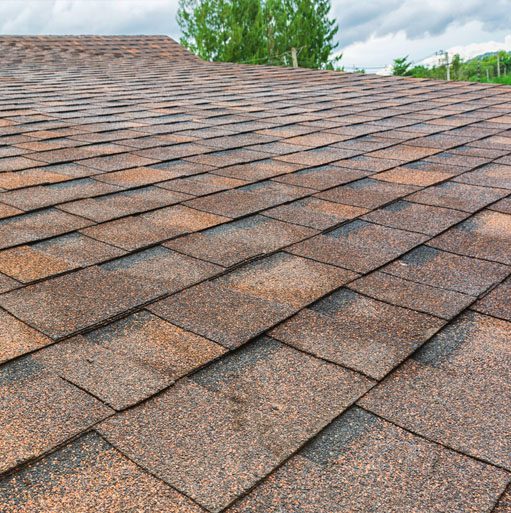Some storms are severe enough that even if your roof looks fine, you’ll want to get an inspection just to make sure. But your roof can sustain hidden damage after any storm. Learning how to look for signs of hidden damage can help you decide when to call a roofing contractor even if the storm was relatively minor.
Here are five types of hard-to-spot damage and your best chances for spotting them.
Broken Seals
Wind and hail can both cause the seals between your shingles to come loose. These seals are put in place when your roof is installed, and they’re designed to keep water from wicking up under the edge of each shingle and to keep out the elements and any pests.
If the seal damage is widespread, you may need a replacement. In some cases, this type of damage is easy to spot because old shingles are likely stiff and may not lie down properly. In other cases, it may be harder. Examine your roof closely to see if any shingles seem to have gaps at the bottom.
Missing or Damaged Flashing
The good news is that missing flashing is often quite obvious to the trained eye. So if you familiarize yourself with how the flashing on your roof looks normally, you should be able to tell if some of it is missing.
Flashing that’s pulled out of place and bent out of shape is even more obvious. Things get a bit trickier with dents and other subtle damage, though.
Use a high-res camera to photograph your roof, including close-ups of all the flashing that’s visible from the ground. After a storm, you can use these photos to compare to find any subtle dings in the flashing or to determine if any of it seems slightly askew like it may have been beaten up a bit by the storm.
Inaccessible Damage
Depending on the shape of your roof and how many things stick up out of it (such as solar panels, chimneys, vents, skylights, and roof dormers), you may have quite a few spots that aren’t actually visible from the ground. This is especially relevant because anything sticking out of the roof needs to have flashing all the way around or you’re guaranteed a leak.
If the storm has damaged the flashing or lifted a shingle on the far side of your chimney, for example, you may not be able to see it from the ground.
Hiring a trained roofer to check these spots is the safest way to determine whether you have storm damage there.
Slow Leaks
You may have heard that after a storm you should walk around the inside of the house and look for watermarks on the ceilings. But with a slow leak, you’re unlikely to see anything on the ceiling anytime soon. Still, the leak could be rotting out your rafters and roof deck.
To look for slow or hidden leaks, go up in your attic and inspect everything for dampness, drips, and other signs that the weather is getting in.
Fractured Fiberglass
Hailstones can really pack a punch by the time they reach your roof, and even if they don’t make a mark, your shingle structure could still be damaged. The fiberglass mat inside each shingle is relatively brittle, so the impact may fracture or shatter it. In some cases, the damage won’t be clearly visible from the ground, but may still cause problems later.
If the fractures are small, you may not see signs of them directly on the shingles, but you may still see signs of the hail damage overall; for example, if you see a lot more shingle granules in the gutters than usual, that’s an indication that the roof took a hammering.
These are just a few of the ways your roof could be damaged after a storm.
If you suspect problems, get in touch with Seagate Roofing and Foundation Services today to schedule an inspection.

